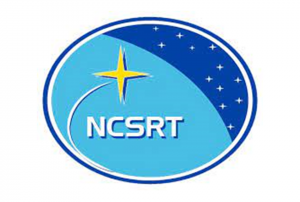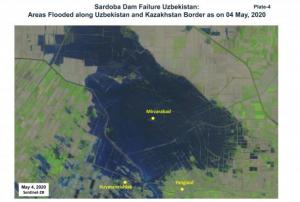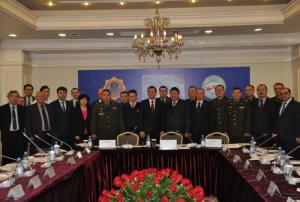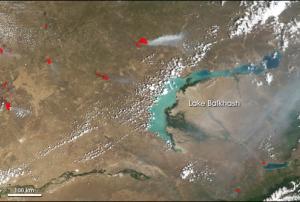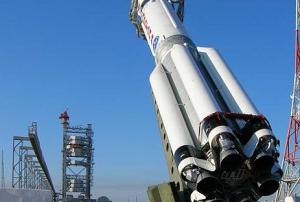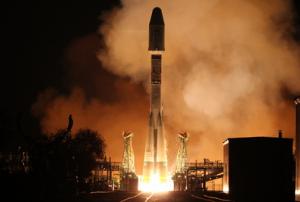The Joint Stock Company "National Center for Space Research and Technology" (NCSRT) of Kazakhstan is the leading institution in space-related activities. The main objective of the Center is to carry out scientific research, and steer production and economic activities in space research and technology. It encourages the use of space technologies in applications related to ife sciences, monitoring and forecasting of space weather, remote sensing of natural and man-made processes, geoinformational modeling of natural territorial complexes, ecosystems, and natural and man-made processes. The Center uses space technologies for monitoring and remote sensing in the fields of ecology, agriculture, geology, cartography, land use, water management, and other territorial processes.
In May 2021, NCSRT and the United Nations Office for Outer Space Affairs signed a Memorandum of Understanding to incorporate NCSRT as a UN-SPIDER Regional Support…
more